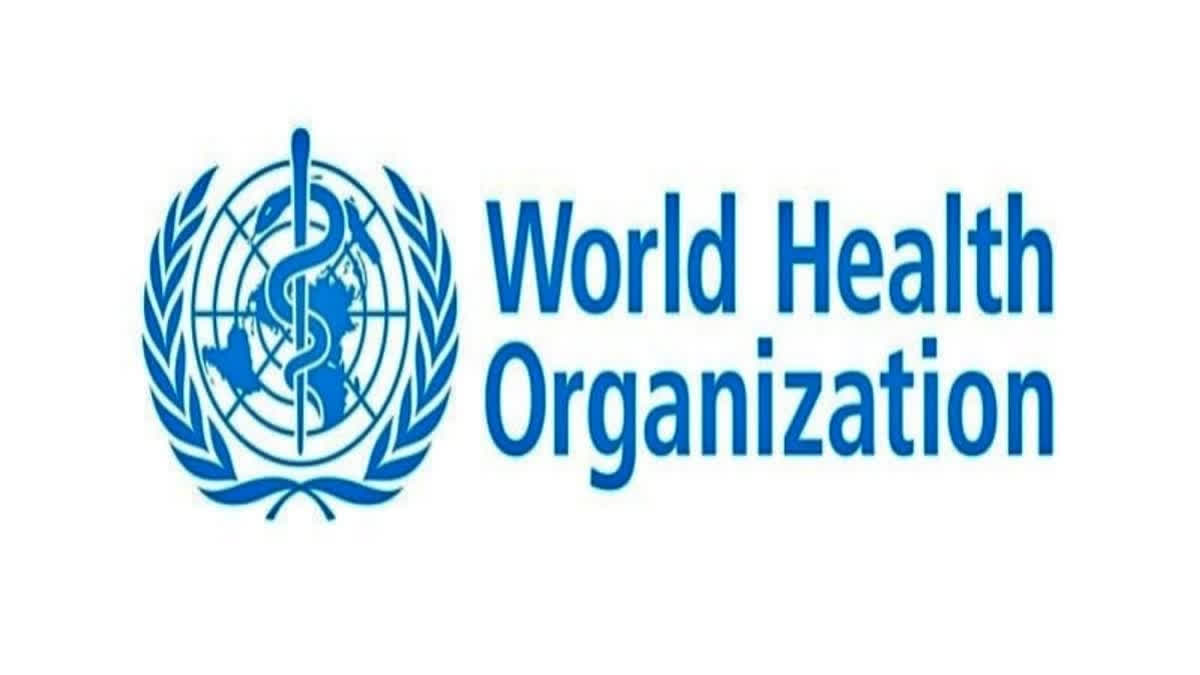New Delhi: Even as the World Health Organisation (WHO) member states set out an ambitious target of reducing the annual number of adult syphilis infections by ten-fold by 2030, from 7.1 million to 0.71 million, new data shows that sexually transmitted infections (STIs) are increasing in several regions.
“New syphilis cases among adults aged 15-49 years increased by over 1 million in 2022 reaching 8 million. The highest increases occurred in the region for the Americas and the African Region,” the WHO said. Combined with insufficient decline seen in the reduction of new HIV and viral hepatitis infections, the WHO report flags threats to the attainment of the related targets of the Sustainable Development Goals (SDGs) by 2030.
“The rising incidence of syphilis raises major concerns”, said WHO Director-General Dr Tedros Adhanom Ghebreyesus. Fortunately, there has been important progress on a number of other fronts including accelerating access to critical health commodities including diagnostics and treatment.
We have the tools required to end these epidemics as public health threats by 2030, but we now need to ensure that, in the context of an increasingly complex world, countries do all they can to achieve the ambitious targets they set themselves, said Dr Tedros.
Increasing incidence of sexually transmitted infections: Four curable STIs – syphilis (Treponema pallidum), gonorrhoea (Neisseria gonorrhoeae), chlamydia (Chlamydia trachomatis), and trichomoniasis (Trichomonas vaginalis) – account for over 1 million infections daily. The report notes a surge in adult and maternal syphilis (1.1 million) and associated congenital syphilis (523 cases per 100 000 live births per year) during the COVID-19 pandemic. In 2022, there were 230 000 syphilis-related deaths.
New data also show an increase in multi-resistant gonorrhoea. As of 2023, out of 87 countries where enhanced gonorrhoea antimicrobial resistance surveillance was conducted, 9 countries reported elevated levels (from 5 percent to 40 percent) of resistance to ceftriaxone, the last line treatment for gonorrhoea. WHO is monitoring the situation and has updated its recommended treatment to reduce the spread of this multi-resistant gonorrhoea strain.
In 2022, around 1.2 million new hepatitis B cases and nearly 1 million new hepatitis C cases were recorded. The estimated number of deaths from viral hepatitis rose from 1.1 million in 2019 to 1.3 million in 2022 despite effective prevention, diagnosis, and treatment tools.
New HIV infections only reduced from 1.5 million in 2020 to 1.3 million in 2022. Five key population groups — men who have sex with men, people who inject drugs, sex workers, transgender individuals, and individuals in prisons and other closed settings — still experience significantly higher HIV prevalence rates than the general population. An estimated 55 percent of new HIV infections occur among these populations and their partners. HIV-related deaths continue to be high. In 2022, there were 630 000 HIV related deaths, 13 per cent of these occurring in children under the age of 15 years.
Gains in expanding service access: Efforts by countries and partners to expand STIs, HIV and hepatitis services are bringing formidable gains. WHO has validated 19 countries for eliminating mother-to-child transmission of HIV and/or syphilis, reflecting investments in testing and treatment coverage for these diseases among pregnant women. Botswana and Namibia are on the path to eliminating HIV, with Namibia being the first country to submit a dossier to be evaluated for the triple elimination of mother-to-child transmission of HIV, hepatitis B and syphilis.
Globally, HIV treatment coverage reached 76 percent, with 93 percent of people receiving treatment achieving suppressed viral loads. Efforts to increase HPV vaccination and screening for women with HIV are ongoing. Diagnosis and treatment coverage for hepatitis B and C have seen slight improvements globally.
New infections and deaths are not declining fast enough: HIV, viral hepatitis and sexually transmitted infections result in 2.5 million deaths each year, and new data suggest that more people died from hepatitis-related causes, 1.3 million in 2022 compared to 1.1 million in 2019. More than 1 million new infections occur each day, the majority of which are sexually transmitted infections. Case notifications of sexually transmitted infections are increasing rather than decreasing in many WHO regions, and new HIV and viral hepatitis infections are not declining as fast as they should to achieve the goals of the 2030 agenda for sustainable development.
Sustainability planning across the three disease areas needed: The report recommended for the implement policy and financing dialogues to develop cross-cutting investment cases and national-level sustainability plans to strengthen shared approaches towards achieving the targets:
It further appealed to further consolidate and align disease-specific guidance, plans, and implementation support within a primary health care approach.
“Accelerate efforts to address ongoing criminalisation, stigma, and discrimination within health settings, particularly against populations most affected by HIV, viral hepatitis, and STIs. Expand multi-disease elimination approaches and packages, drawing from lessons learned from the triple elimination of mother-to-child transmission and strengthen the focus on primary prevention, diagnosis and treatment to raise awareness, especially for hepatitis and STIs,” the WHO report said.
Read More:



